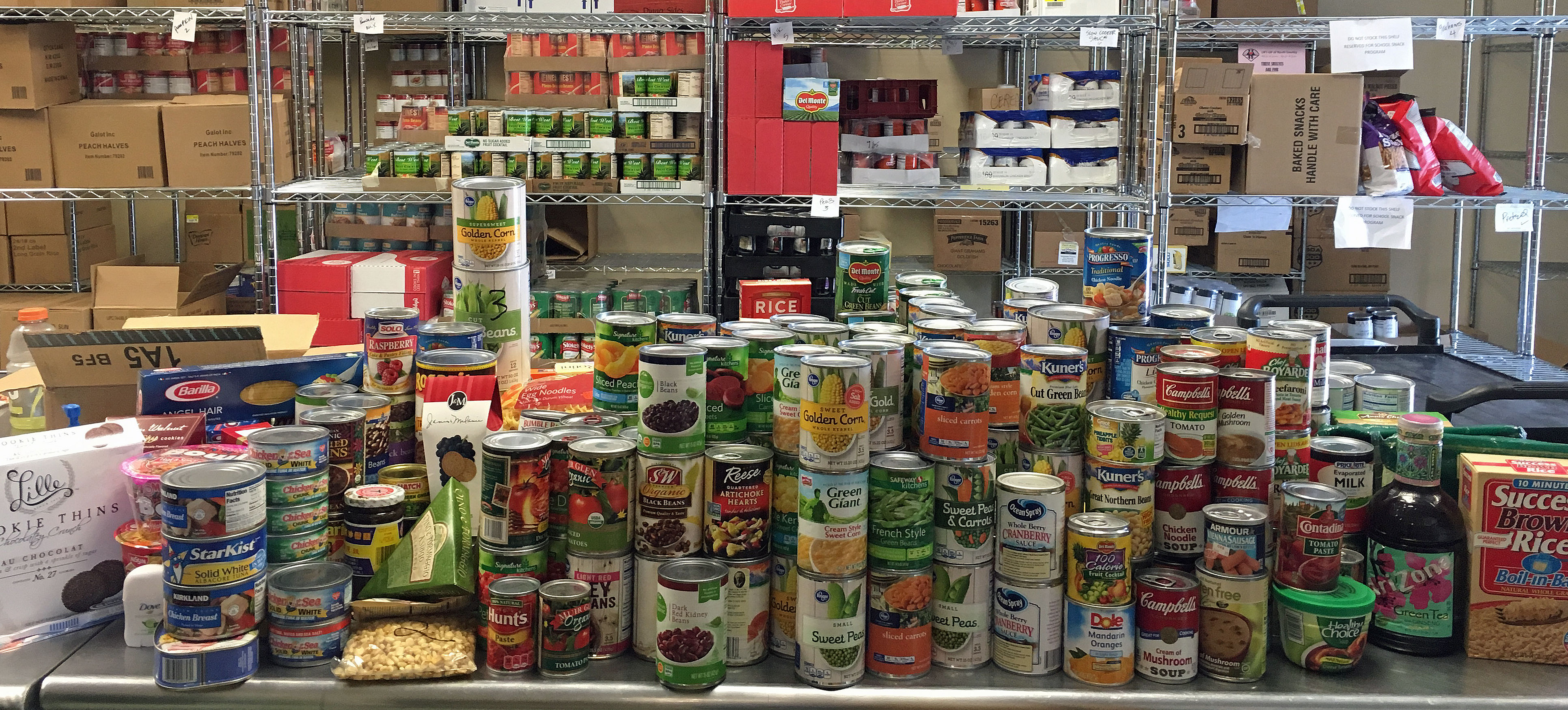Just six days before Christmas, the sighting of a drone at Gatwick Airport brought all air travel to a standstill. This disruption to air travel at Gatwick Airport comes at one of the busiest times of the year. On the 20th December, it was estimated that more that 110,000 passengers were expected to fly, with 760 arrivals and departures. One of the biggest questions that is being asked is “what happens to all of the passengers?” To answer this question, airlines perform an activity called “recovery”, with the use of mathematics and operations research techniques, to reroute the stranded passengers with the lowest cost and least amount of delay.
Airline recovery
Air transportation commonly experiences disruption to operations. At Gatwick Airport in October 2018, 70.5% of arriving flights were delayed. These disruptions can consist of flights delayed for at least 15 minutes or cancelled. Recovery describes the actions taken by an airline to bring operations back to schedule. This can involve further delaying flights or making cancellations, the rerouting of aircraft or crew and even the rerouting of passengers. Airline disruptions can be of varying magnitudes and sometimes affecting many airports, such as the freezing fog in London in 2016 and the Eyjafjallajökull eruption—having a significant impact on passengers and air travel.
Recovery from an airport closure
The closure of Gatwick Airport on the 19th and 20th December affected more than 100,000 passengers. The scale of the disruption and the complexity of airline operations, means that it will take many days for the airlines to recover and get all passengers to the desired destinations. This is due in part to the many flow-on effects caused by these hundreds of delayed flights. As a result, the aircraft and crew are likely at airports that was not originally intended and there are more passengers than available seats.
To demonstrate the difficulty of the airline recovery following the Gatwick Airport closure, consider the reopening of the airport on the 21st December. The challenge of the airline is to transport all of the disrupted passengers from the 19th and 20th December, as well as the passengers booked on flights departing from the 21st onward. On average, the flights departing Gatwick Airport have 86.5% of the seats occupied. Given that Boeing 737’s and Airbus A320’s have approximately 180 seats, this leaves on average 24 spare seats to transport disrupted passengers. That means that for every flight disrupted on the 19th and 20th, it will take more than 6 flights to transport all of the delayed passengers. This is clearly impractical, since this implies that for each day of airport closure it will take more than 6 days to clear the disruption. Also, given that Christmas is typically busier than other times of the year, it is likely there is less spare capacity than average.
Using operations research and mathematics
All of the above calculations worked on averages. Also, it assumes that the only available transport options are flights out of Gatwick Airport. First, not all flights will have 86.5% of the seats occupied, some will have more occupied and some less. Second, within the UK there are railway links, bus transportation and other major airports within a couple of hours journey. Working out the most effective use of all of spare seats and alternative modes of transport involves the use of operations research.
Operations research uses mathematics to analyse all available options and finds the best outcome given some objective. In the rerouting of passengers, the necessary outcome is to ensure all passengers get to their original destination, unless they chose not to travel. This can involve many different options: transport by train or bus, transport on the same carrier or transport on a different carrier. There are two objectives in this situation, the first is that the airline wants to achieve this outcome in minimal cost and the second is to minimise the amount of further delay to the passengers. While it may be expected that airlines would be most interested in the former objective, minimising the further disruption to passengers is very valuable in these situations because it can generate a lot of good will.
Cooperation to help passengers
In such a large disruption, it is difficult for each individual airline to find the best outcome for their passengers in isolation. It is common for airlines and other transportation operators to cooperate and help alleviate the passenger inconvenience. In response to the current disruption, the London North East Railway has allowed free travel for disrupted passengers between London and Edinburgh and Southern Rail is providing refunds on travel and options to travel to other London airports. There will be a lot of work the the airlines to recover from this disruption, but you can expect that they will all be working hard together.


